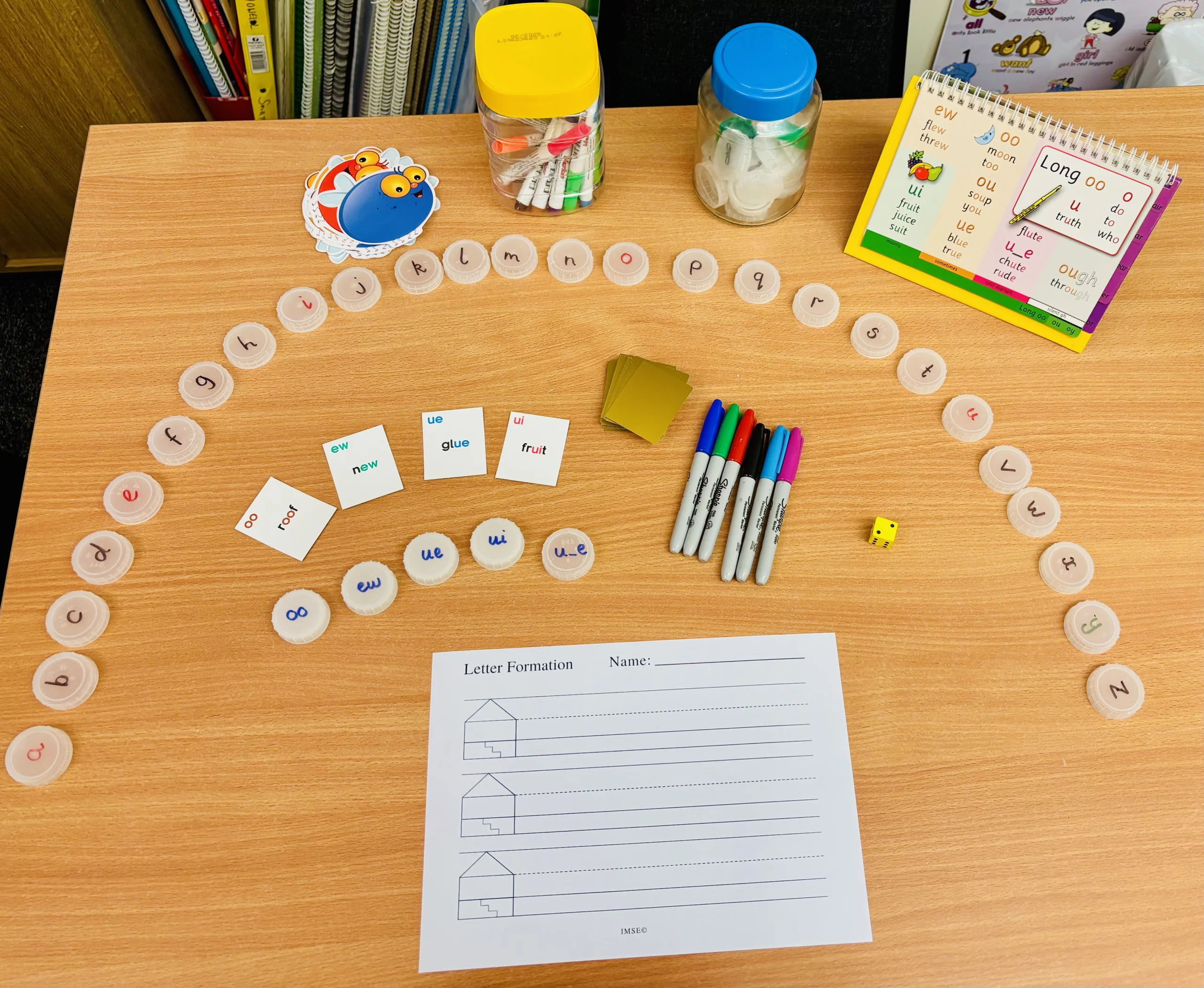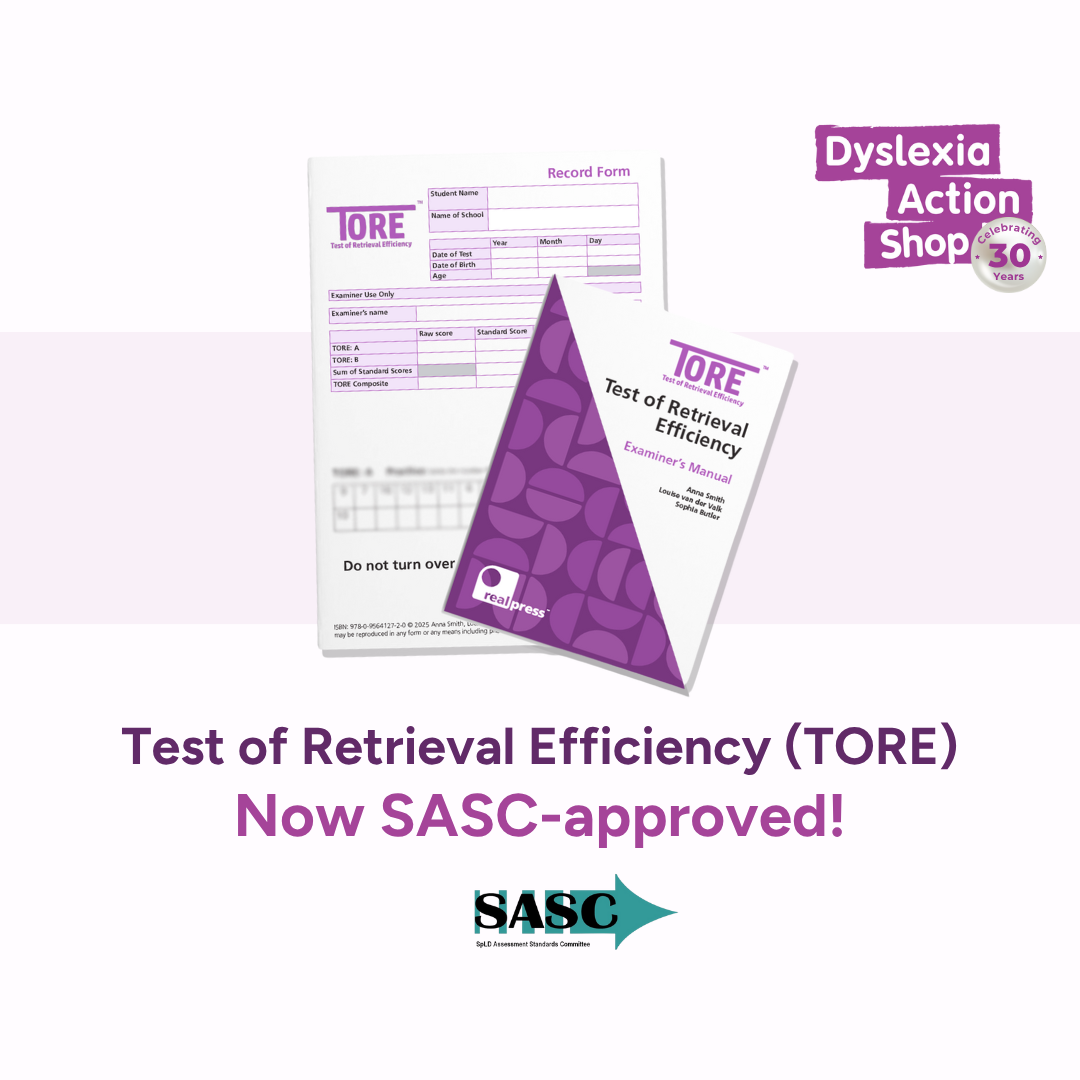Imogen Barber |
March 26, 2024
A considerable body of research points to mental health provision being most effective in schools when it is conducted as part of a whole-school approach (Weare and Nind, 2011). This means focusing not just on isolated projects delivered by external experts, but galvanising the entire school community and making mental health an ongoing priority, embedded into the ethos, activities and curriculum of your setting.
To support this, senior mental health leads need to have a good understanding of both change management principles, particularly those endorsed by the EEF (Education Endowment Foundation), and the latest mental health best practice.
Below, we’ve illustrated some of the tactics a senior mental health lead might be focusing on and how they fit into the eight principles of the whole school approach as defined by Public Health England. Although tactical interventions are only relevant when considered in the context of an action plan developed for each setting, there may well be ideas that are helpful for you.
LEADERSHIP AND MANAGEMENT
1. Set up staff working groups for mental health and wellbeing
This allows you to establish clear roles and responsibilities and enable staff voices to be heard. A working group provides a clear link between pastoral leaders, mental health first aiders, teaching staff, SENCOs, school nurses and family liaison officers.
2. Create a student-friendly version of your mental health policy
Asking a group of pupils and staff to create a student-friendly version (or a series of videos) of your updated policy, raises awareness, encourages a sense of inclusion and makes your policy more accessible to all students.
STUDENT VOICE
3. Strengthen your student council
Giving your student council a dedicated role in wellbeing initiatives such as leading anti-bullying programmes and wellbeing awareness days gives them a sense of agency and increases the likelihood of engagement. Consider committing to regular “you said, we did” assemblies and ensuring all student groups with responsibility for wellbeing (e.g. LGBTQ+ groups.) meet regularly.
4. Launch a Wellbeing Ambassadors programme
Wellbeing ambassadors receive specific training enabling them to provide peer mentorship support and can play an active role in promoting wellbeing initiatives.
STAFF DEVELOPMENT, HEALTH AND WELLBEING
5. Identify gaps in mental health training
A Google poll can be a helpful way to identify where staff feel there are gaps in training, allowing you to devise a plan and a budget for both universal and focused interventions e.g. bereavement or trauma-informed practice.
6. Review staff mentorship and supervision
Appointing a dedicated CPD leader for mental health means they can coordinate the logistics for the training. This leaves SMHLs free to review the mentoring in place for staff so they know who to approach when they feel out of their depth or if a child discloses something that the staff member needs to talk to someone else about.
IDENTIFYING NEED AND MONITORING IMPACT
7. Evaluate existing targeted interventions
Using a more structured way to assess targeted interventions for example The Art Room, (group therapy) or the effectiveness of ELSA support according to the Assess-Plan-Do framework helps you track and evaluate their impact. This might include using online assessment tools such as the Boxhill profile.
8. Improve general wellbeing questionnaires and feedback forms
Including some questions that are generated by students captures often captures feedback that might otherwise have been missed, as does more open ended feedback from focus-groups. All of this information should be stored in one place to be filtered into a plan of action.
WORKING WITH PARENTS, FAMILIES AND CARERS
9. Launch wellbeing drop-in sessions for parents of children with SEND
Establishing regular drop-in sessions can provide effective early support, increase awareness of masking in school and build stronger parental support networks. Topics might include managing anxiety and school arrivals, guidance around emotional regulation, or tips on how to prepare for transitioning years.
10. Create a digital and face-to-face strategy for parent education
Creating a wellbeing hub on the school website as well as offering in-person sessions can help parents with their own wellbeing, as well as encouraging continuity of techniques practiced at home and school. You might also consider a dedicated wellbeing app for parents and children.
ETHOS AND ENVIRONMENT
11. Embed SEMH strategies e.g. Zones of Regulation
Driving a whole-school approach to emotional regulation using techniques such as Zones of Regulation or trauma-informed practice will help lay the groundwork for better metal health. Actively incorporate this into pedagogy and best practices around rewards and consequences in school and make sure it is being learned not just by rote, or displayed on a couple of posters, but as a tool that staff regularly model and children actively use.
CURRICULUM, TEACHING AND LEARNING
12. Revise PSHE policies and documentation
Doing this will ensure all aspects of mental health are being covered effectively and in line with the latest guidance. You may also consider surveying students to understand their views on current PSHE lessons and whether they want to see additional topics covered.
PROVIDING TARGETED SUPPORT AND APPROPRIATE REFERRALS
13. Establish a network of local providers
Producing a directory of local providers and understanding exactly what services they offer and their typical waiting times will help staff make more informed referrals and cut down on admin time.
14. Create a mental health referral toolkit for pupils
Creating a student-facing resource that all pupils can easily navigate will reduce some of the barriers and provide direct access to clinical or community support. This should clearly signpost services in the community e.g. for young carers.
In conclusion
The tactics every SMHL chooses to implement will vary hugely depending on your pupil mix, what type of setting you work in, the resources available to you, the delivery partners you work with and the immediate mental health priorities of your staff, pupils and parents.
While a minority of tactics might be able to be picked off quite readily, most are lengthy projects in themselves and we often recommend that the SMHL selects just a few areas to focus on each academic year. Our senior mental health lead training courses include one-to-one coaching from an educational psychologist who understands the context and challenges of driving meaningful change within a school environment.
Further reading
Find out more about the whole-school approach to mental health
Watch a case study video: A whole-school approach to health in a Yorkshire primary school
New to the role? Read former SMHL, Andrew Chadwick’s 8 top tips for success for senior mental health leads






What do you think?